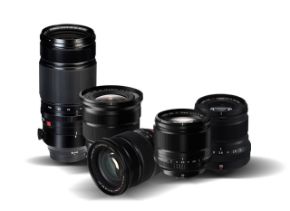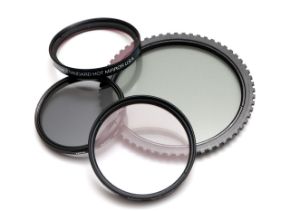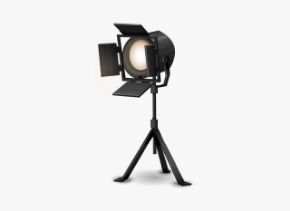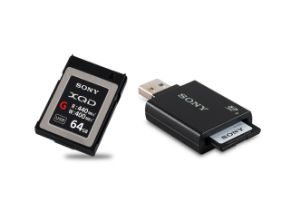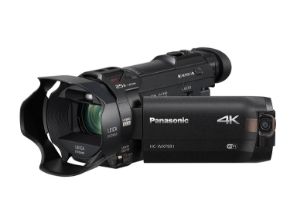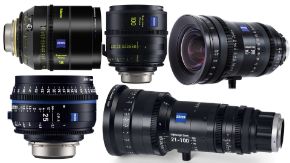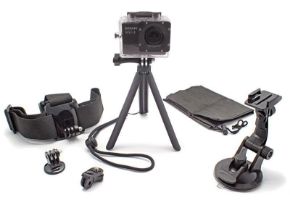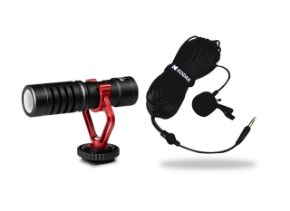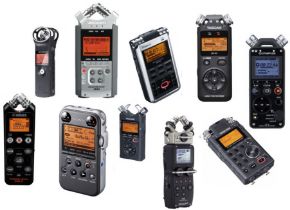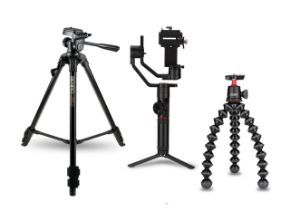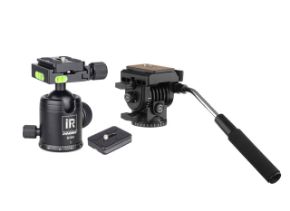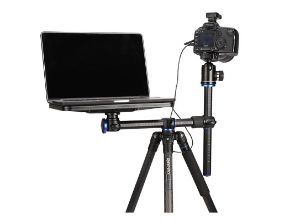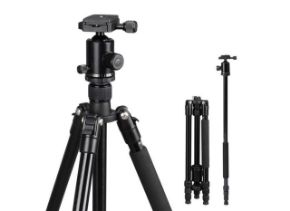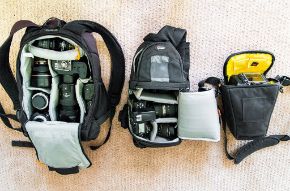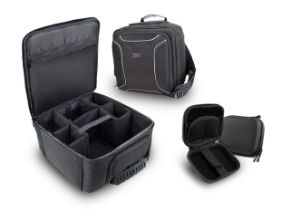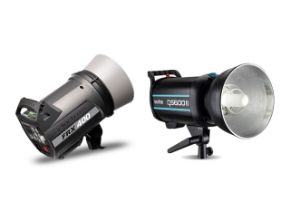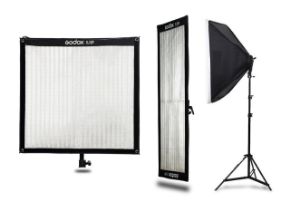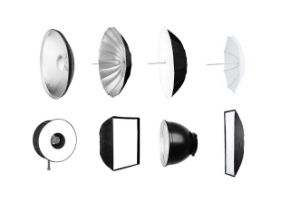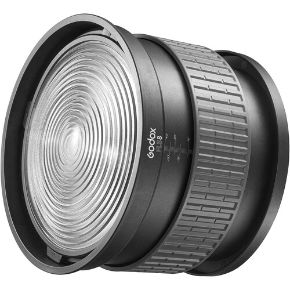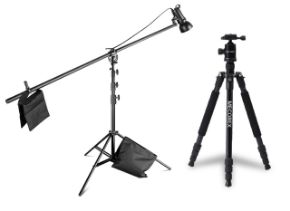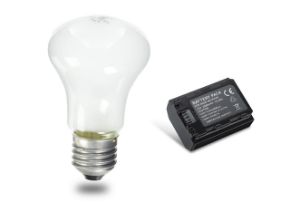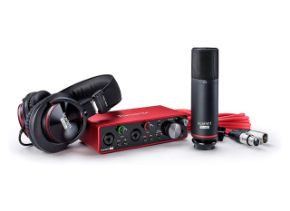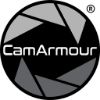Partner to the newly designed sensor is a fresh engine—the X-Processor 5—which uses 64-bit processing to realize 3x faster speeds for both video and photo tasks compared to the X-T4. On the video side, this enables recording at bit rates of up to 720 mb/s.
On the stills end, this quick processing means faster shooting to suit photographing moving subjects. When working with an electronic shutter, shooting at up to 20 fps is possible, with a buffer of 202 consecutive uncompressed raw frames. With the mechanical shutter, shooting speeds of up to 15 fps are possible, along with the ability to shoot upwards of 1000 raw frames in a single burst.
Benefitting both video and stills applications, this processing also benefits the sophisticated and AI-backed autofocus system, helps achieve a 14-stop dynamic range, and enables an enhanced sensitivity range from ISO 125-12800.
Despite its focus on photography, the X-H2 has an impressive video system capable of 4:2:2 10-bit internal recording in 8K at 30fps and in both DCI/UHD 4K at up to 60 fps and Full HD at up to 240p. A variety of codecs are supported as well, including H.265 and three tiers of ProRes: the high bitrate 422 HQ, the standard 422, and the more compressed 422 LT. Also, continuous recording times up to 160 minutes are possible at all frame rates and resolutions and can be extended to 240 minutes with the external clip-on fan.
Using the full-size HDMI port, 12-bit raw video recording is possible when paired with a compatible external recorder. Both ProRes RAW and Blackmagic RAW recording is possible, along with the ability to work with F-Log or F-Log 2 profiles, and either format supports working in resolutions up to the open-gate 8K.
Film Simulation modes allow you to reproduce the look and feel of several of FUJIFILM's film types, including Provia, Velvia, Astia, Classic Chrome, Classic Neg., Nostalgic Neg., Pro Neg. Hi, Pro Neg. Standard, Eterna, Eterna Bleach Bypass, Acros, Monochrome, and Sepia. Additionally, Grain Effect can be adjusted as well as Color Chrome effect to fine-tune the look of imagery.
Well-suited for a wide variety of shooting situations, the FUJIFILM XF 16-80mm f/4 R OIS WR is a versatile 24-120mm-equivalent zoom, spanning wide-angle to medium-telephoto, and featuring a constant f/4 maximum aperture. Complementing this flexible design is an advanced optical layout, which includes a trio of aspherical elements and one ED aspherical element that help to minimize a variety of aberrations in order to produce high sharpness and clarity. A Super EBC coating also improves contrast and color neutrality by reducing flare and ghosting when working in strong lighting conditions. Also benefitting use in a variety of situations is a quick and quiet autofocus system along with a six stop-effective image stabilization system that minimizes the appearance of camera shake. Additionally, the lens is fully weather-sealed for working in inclement conditions.
Standard zoom is designed for APS-C-format Fujifilm X-mount mirrorless cameras and offers a 24-120mm equivalent focal length range.
One extra-low dispersion aspherical element is used greatly reduce color fringing and chromatic aberrations in order to produce high clarity and color fidelity throughout the zoom range.
Three aspherical elements control distortion and spherical aberrations, which helps to improve sharpness and realize more accurate rendering.
A Super EBC (Electron Beam Coating) coating has been applied to the entire surface of each element to for controlling ghosting and flare for greater contrast and color accuracy.
Quick and quiet autofocus performance benefits both stills and video applications.
An advanced Optical Image Stabilization system minimizes the appearance of camera shake by up to six stops to enable sharper imaging when working with longer focal lengths or slower shutter speeds.
Weather-sealed lens body protects against dust and moisture, and to enable worry-free use in inclement conditions and freezing temperatures as low as 14°F.
Rounded nine-blade diaphragm contributes to a pleasing out-of-focus quality to benefit the use of selective focus and shallow depth of field techniques.





